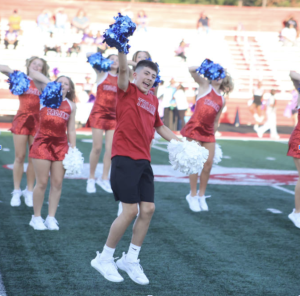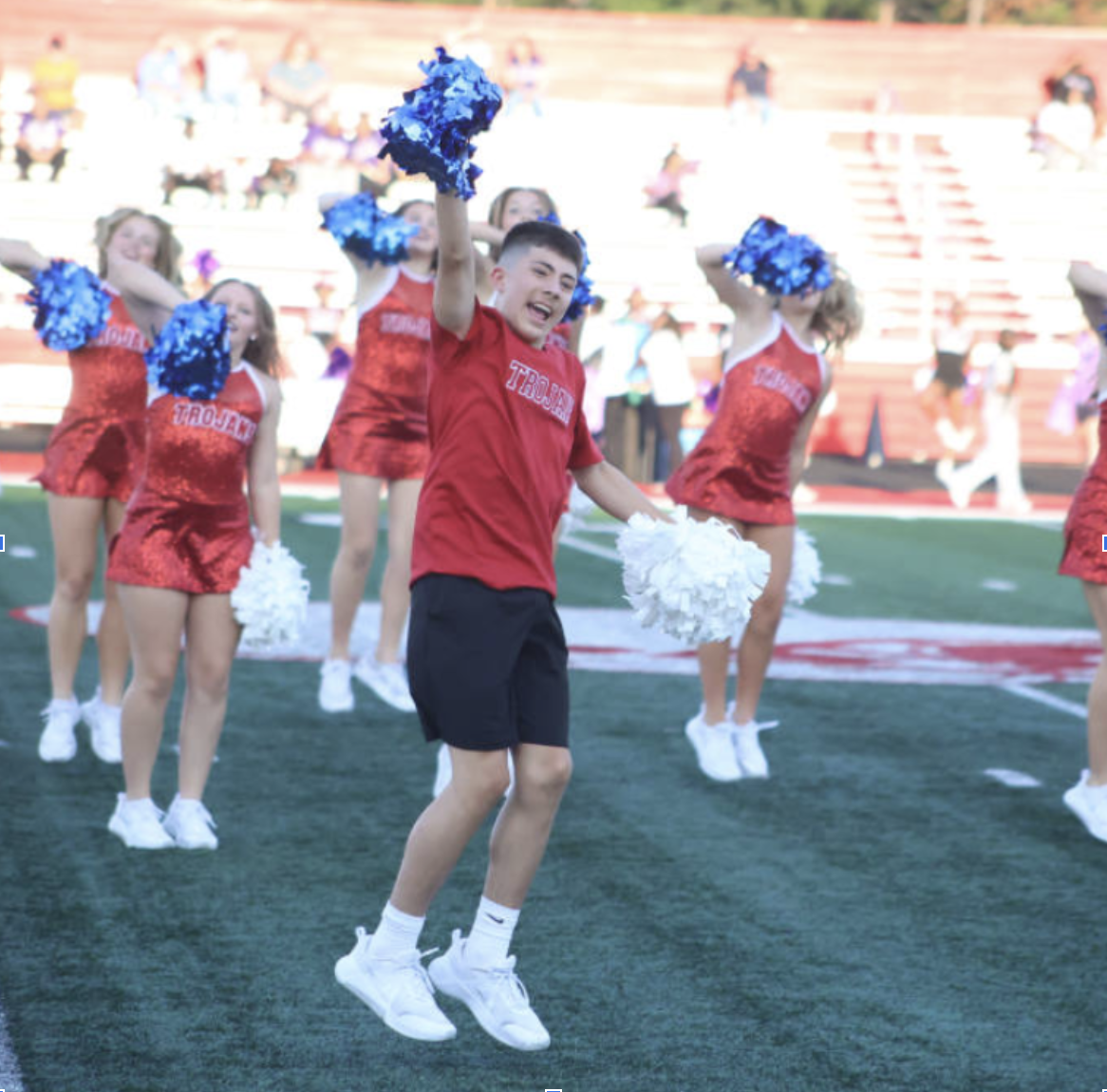The Heights of Talent
Students reach new heights by practicing aerial acrobatics
October 28, 2021
The movie “The Greatest Showman” and a simple suggestion from a teacher was all it took for junior Rosalyn Cranney to find her passion. For just over a year now, Cranney has been involved with aerial acrobatics, taking lessons at Cirque Indy and practicing at home.
“Not many people have heard of [aerial acrobatics]. I’ve done a lot of performance arts before, and a teacher I was talking to commented on how strong my upper body was. She asked if I had seen ‘The Greatest Showman’ for a reference to what she was talking about. When I told her ‘yes’, she said I should give aerial silks a try. I decided to look for classes, and after the first one, I was in love,” Cranney said.
Aerial acrobatics includes any type of performance that takes place suspended in the air, but Cranney mainly focuses on aerial silk. Other types of aerial acrobatics include trapeze, lyra (hoop), hammock, corde lisse (rope) and circus pole.
“I have tried hammock lessons, a form of aerial performance where the silks are connected and hang in an arch, and I plan to take trapeze and lyra lessons soon, but I think basic aerial silks will always be my favorite because of the height and range you can use to make tricks more dramatic,” Cranney said.
Aerial silk is a form of acrobatics where artists display strength, flexibility and courage through a routine that usually includes a combination of drops, poses and wraps. Without the use of safety lines, performers must be confident in their ability to properly wrap the silk in order to ensure safety.
“Silks have made me stronger physically and mentally because it takes a lot of muscle to drag yourself and nine pounds of silks up twenty feet, and then a lot of nerve to let go and hope that the silks catch you before you hit the ground,” Cranney said.
For Cranney, silks are a way of combining a lot of the sports and classes she has taken in the past. With that said, silks are completely different from any other sport Cranney has tried.
“Silks makes me feel like my other sports weren’t a waste of time because they help me with what I do know; [However], not a lot of other dance styles need you to be able to climb a rope in three seconds and then hang mid air without any hands,” Cranney said.
Although many acrobats portray silks to be completely graceful, artists must train to be incredibly strong which requires difficult workouts and overcoming pain.
“The conditioning, like elevated hammock V-up and arm hang-raises, are the biggest part of learning how to do new skills. In silks, there’s no way around conditioning because until you can hold your weight and some of the silk’s weight, you can’t do the skill no matter how well you know what you’re doing,” Cranney said.
Cranney knows that despite hardships, the rewards that come with aerial silks will always be worth the pain.
“Being able to do a combination is worth sweating and feeling like your muscles are going to give out. When you’re up there and the song is playing, you ignore all of the pain. It becomes this amazing movement that you’re creating and nothing feels better than the security and sync you get from being up there,” Cranney said.
Cranney’s involvement in aerial silks isn’t going to end after high school; she’s hoping to get licensed to teach aerial silks while she’s in college. But for now, you can catch Cranney doing what she loves- astonishing artistry twenty feet in the air.












